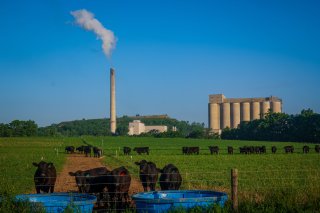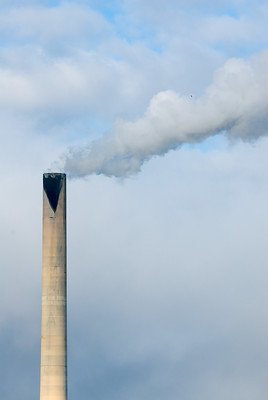Air
You can’t see it, taste it, or feel it, but clean air is critical to good health. Animals, including humans, require the oxygen we get from breathing air to live. Clean air is a foundation for the health of plants, people, and all animals.
Air Pollution Impacts

Impacts of Air Pollution to Humans
Air pollution, whether indoors or outdoors, is associated with several human health effects.
For example, numerous scientific studies have linked particle pollution, which means dust, dirt, soot, or smoke in the air, to nonfatal heart attacks, irregular heartbeat, aggravated asthma, and decreased function of our lungs.
The effects of air pollution have an impact on the quality of our daily lives.
Impacts of Air Pollution to Animals and Plants
Air pollution can affect plants and animals much like it affects humans.
For example, ‘Smog’ can directly damage plants, which provide food and shelter for many animals. It may also disrupt the chemical signals plants send. Pollinators may be less attracted to flowers, unable to find them, or even unable to find each other.
EPA Actions on Air Pollution

EPA, along with state, local and tribal partners, works to curb pollution and improve air quality through the Clean Air Act.
This benefits not just human health, but animal, plant, and ecosystem health as well.
Clean Air Successes
Lower air pollution levels are better for the environment, resulting in:
- less damage to plants and long-term forest health
- reduced soil nutrient loss from altered soil chemistry,
- less accumulation of toxics in the food chain,
- less damage to fish and other aquatic life in lakes and streams, and
- less nitrogen enrichment of coastal estuaries that cause oxygen depletion and harm to fish and other aquatic animal populations.
- For more information, see Progress Cleaning the Air and Improving People's Health
- Reduced amounts of acid rain. Acid rain indicators from about 2000 to 2018 decreased 86%, and the number of monitored streams and lakes with high levels of acid-causing sulfur and nitrogen pollution fell by 81%. This significantly reduced damage to water quality in lakes and streams and improved the health of other ecosystems like forests. For more information, see the 50th Anniversary of the Clean Air Act and Acid Rain Program Results.
- There are millions fewer people with fatal skin cancers and eye cataracts thanks to actions to protect the ozone layer of the earth.
- It was estimated that 230,000 early deaths would be prevented in 2020, thanks to 1990 Clean Air Act Amendment programs. For more detailed information see the 2011 report Benefits and Costs of the Clean Air Act 1990-2020, the Second Prospective Study.
EPA is working to protect the health of all Americans, as well as plants and animals in our shared environment.
